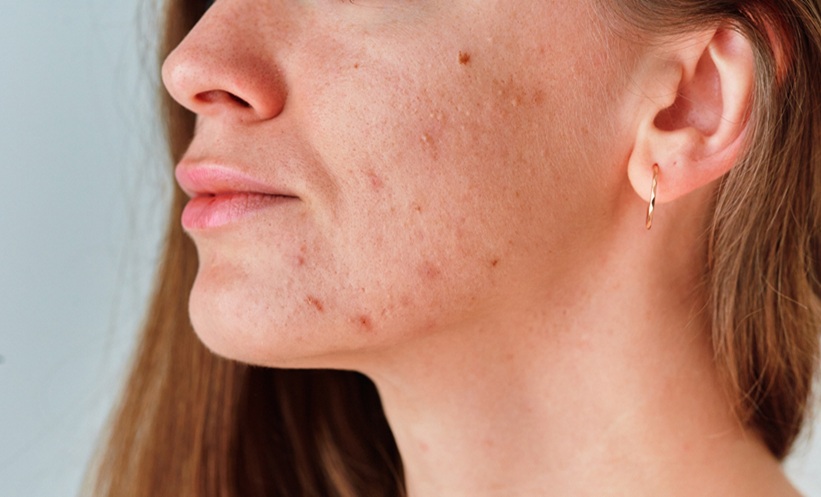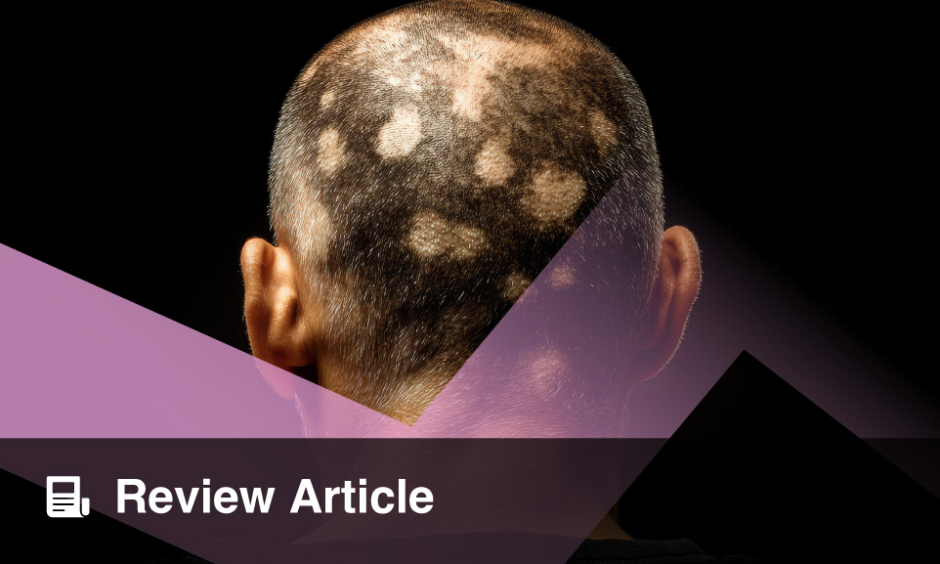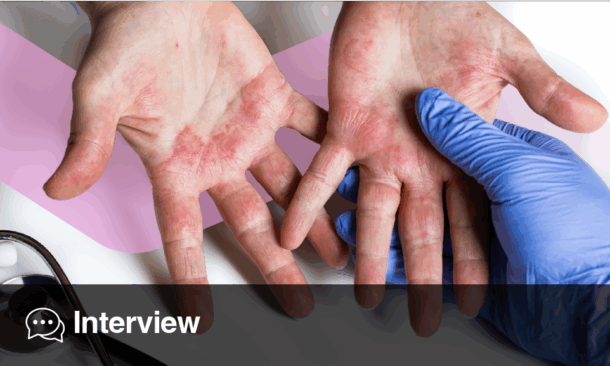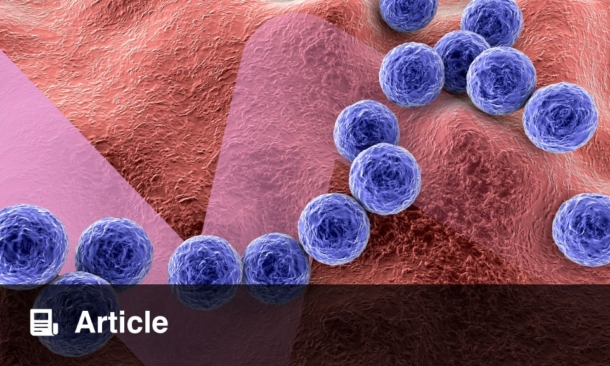A RECENT clinical trial has revealed that treating acne and atrophic scars simultaneously is not only safe and effective but also more efficient than traditional stepwise methods. This prospective split-face controlled study involved 30 patients with symmetrical facial acne and atrophic scars, aiming to evaluate the efficacy and safety of concurrent treatment.
In the study, the right side of each participant’s face was treated using the conventional stepwise approach. This involved five biweekly sessions of 30% supramolecular salicylic acid to address acne, followed by monthly microneedling and subcision sessions, three in total, for the treatment of scars, once the inflammatory acne had subsided.
Conversely, the left side of the face underwent a simultaneous treatment protocol. Patients received combined therapy – salicylic acid, microneedling, and subcision – once a month for three sessions, targeting both acne and scarring concurrently.
The results were compelling. The simultaneous treatment group experienced significantly greater reduction in acne lesions compared to the stepwise group (P < 0.05). Improvements in atrophic scars were similar between both methods (P > 0.05), suggesting that combining treatments does not compromise scar healing. Importantly, no notable adverse reactions occurred in either group.
Beyond clinical outcomes, the simultaneous approach offered additional benefits: reduced overall treatment time and higher patient satisfaction. These findings suggest a shift in clinical practice may be warranted, favouring a more integrated treatment model for patients affected by both acne and scarring.
In summary, this study supports the adoption of a simultaneous therapeutic strategy for acne and atrophic scars. It not only delivers effective results but also enhances the patient experience by shortening the treatment course—a key consideration in dermatological care.
Reference
Wenqiu C et al. Simultaneous versus stepwise treatment of acne and atrophic scars: a prospective split-face controlled trial. Arch Dermatol Res. 2025;317(1):742.








